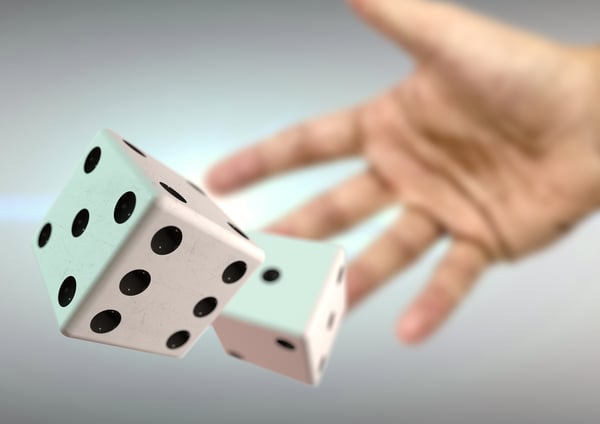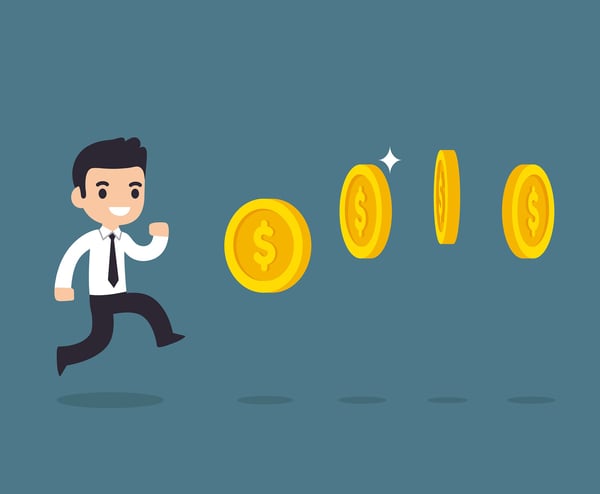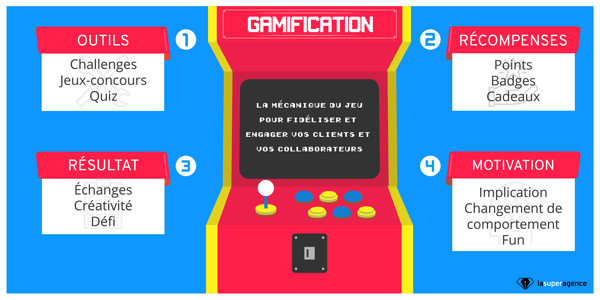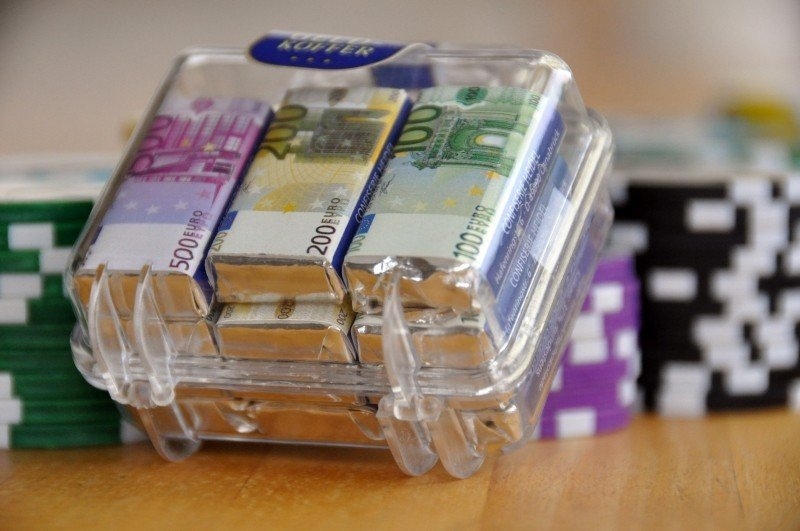Behind the behavioral psychology that drives soccer moms or high schoolers to stay up very late playing online games they are addicted to, may be the solution to your site engagement problem.
" gamification " can fit just about any industry. The term refers to techniques borrowed from video games and offline corporate loyalty programs.

Gamification: a studied technique based on particular behaviors
These techniques reward particular behaviors, rate performance, and highlight the merit of users as well as value them in their community.
In 2010, the market was worth $100 million (mostly in the US) and that figure is expected to climb to more than 11 billion by 2020.
You've probably had a gamification experience without necessarily realizing it.
Gamification has long existed in the form of rewarding consumers or through visualizing progress through a process with visual bars.
Modern gamification is about integrating comprehensive loyalty and membership programs across all of a brand's web and mobile media.
The popularity of gamification today brings together multiple trends in the digital consumer environment. You'll need to consider these if you want to find new ways to interact with your customers :
- The exponential increase in content offerings and digital experiences means that brands need to work even harder to keep users engaged and increase the frequency of purchase behavior.
- Internet users are now used to receiving positive encouragement in response to their actions. We don't surf the Net to receive good points but their existence pushes us to reproduce certain actions in the future.
- Online games, which are still in the midst of a boom, sit on a foundation of sociology and behavioral studies that allow them to be very effective. These proven techniques are now being borrowed in all fields and especially in HR.
- Loyalty programs traditionally rewarded the act of purchase. Now, however, they touch on many more interactions with the brand, whether on social networks or on the site. Being able to track and reward certain consumer behaviors outside of purchases can sustainably increase engagement, especially on social networks. It also allows for more user-generated content, product ratings and more.

The key to gamification: building user loyalty by rewarding certain behaviors
- With Big Data, specific consumer actions on your site can be tracked, analyzed and stored. They can then be used to influence future consumer visits based on their past choices. Modern data management is about fragmenting the technical architecture to secure and store large amounts of data. Instead of centralizing data, the technique distributes data across multiple databases. This increases the performance of data storage and access, which is essential for maximizing the effects of gamification programs.
NoSQL, is a modern database architecture that compiles context around behaviors efficiently. Some of the largest companies in the world are using this new technology to manage massive amounts of data (Foursquare, Disney, Craigslist and MTV).

Gamification: a program to engage and retain the user
- " Early adopters " of gamification can quickly see signs of behavioral change in their users (conversions, referrals and user-generated content). The average increase is 20% and can rise in some cases to 500%.
A gamification program requires a sophisticated program designed to enhance the user experience and make it sustainable.
These experiences must be integrated across all brand tools, whether through social media, consumer reviews, online catalogs, blogging, mobile apps or special operations.
Gamification, like all emerging trends, will be misused in some cases. Some people think gamification is about adding recognition badges to a site, without social context, or use gaming methods not suited to their targets (demographics, usability, etc.)
Although adding badges to your site may allow you to reward some notable behaviors, they will have limited impact on user actions in the short term and it will not help to achieve your long-term goals.
You'll need to think deeply to establish a gamified system that matches your Buyer Personas and their play behavior.









